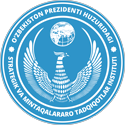President visits a textile factory in Chust
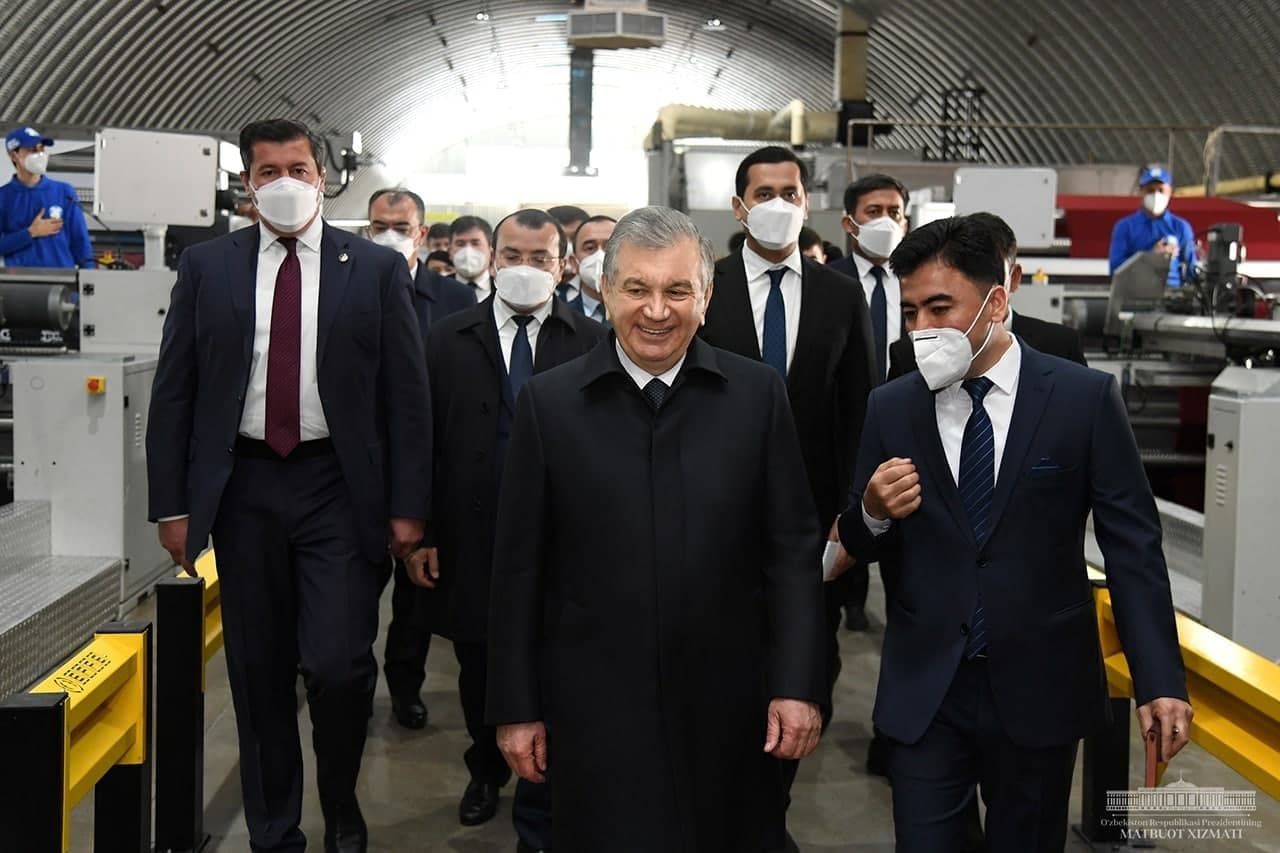
The President of Uzbekistan visited the private enterprise Chust Textile in Chust district.
Employing youth and women is one of the priorities of the state policy in Uzbekistan. An important reserve in this sphere is the textile complexes created in cities and districts, since there are enough raw materials and infrastructure for them, their products are in demand on the market.
The Chust Textile is organized in Namangan Free Economic Zone. 1,300 people work in two complexes of the factory.
The company, based on orders, is capable of producing a full range of clothing. In 2020, about 2 thousand tons of fabrics and 5.2 million units of finished knitwear were produced. Goods worth more than $9 million were exported to Italy, Russia, Kazakhstan and Tajikistan. Exports are expected to reach $12 million this year.
The President got acquainted with the technological process at the enterprise and the finished products.
“We used to plant and pick cotton, but other countries benefited from this. Thanks to the opportunities created in recent years, new enterprises are emerging, entrepreneurs are free to develop, and the level of processing is growing. The quality of cotton also changes thanks to the formation of clusters and the master’s approach. If the cotton is of high quality, it will be easier for the entrepreneur, and the product will be of high quality and competitive”, said Shavkat Mirziyoyev.
It is noteworthy that the structures of the factory are built in the form of hangars, without the use of a large number of materials. As a result, construction alone saved $6 million.
Noting the influence of this factor on the cost price and competitiveness of products, the Head of the state emphasized the importance of using this experience in the construction of other textile complexes.
The total cost of the Chust Textile project is about $12 million. It will be implemented in three stages. With full capacity, the enterprise will produce 5,000 tons of fabric and 15 million units of finished products per year. It is planned to increase the number of employees to 2,200 people.
Large investment projects of Namangan region have been presented.
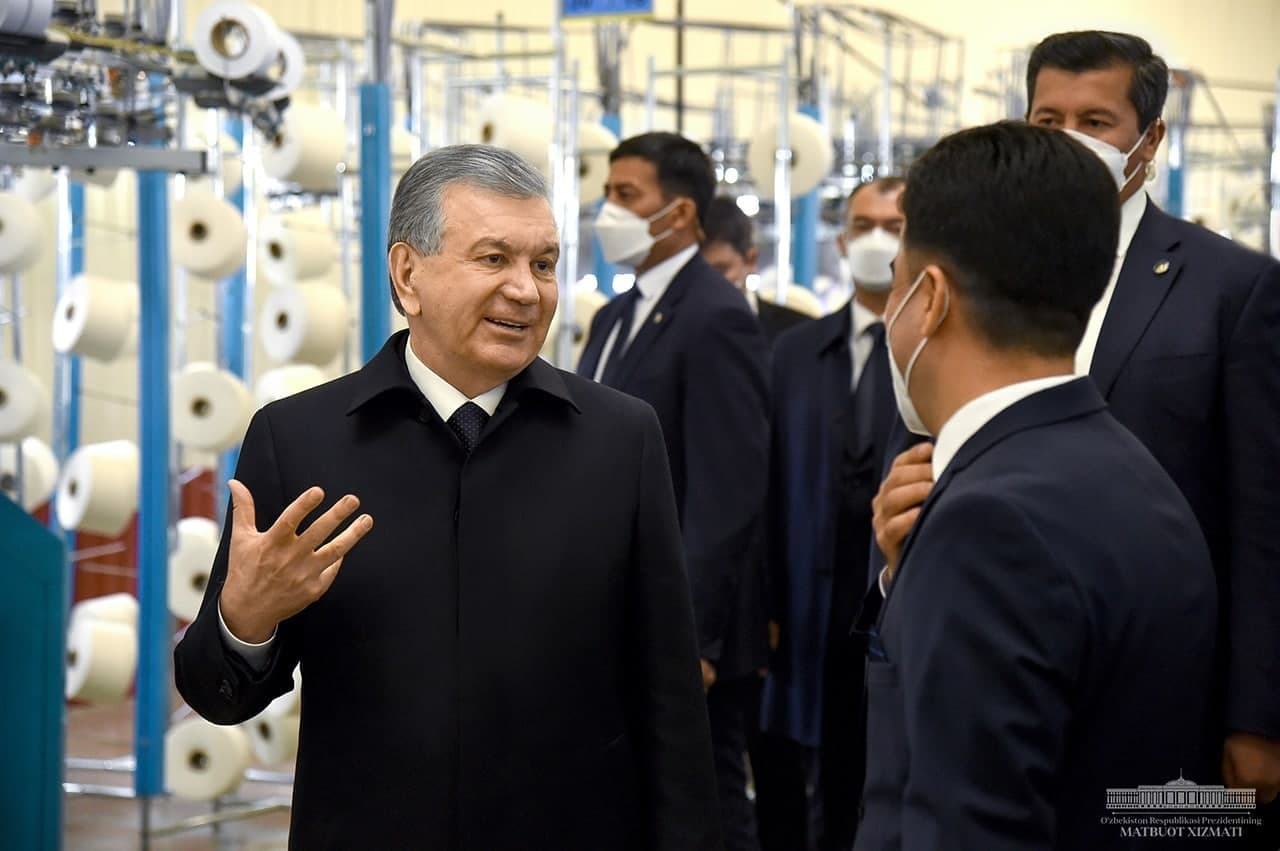
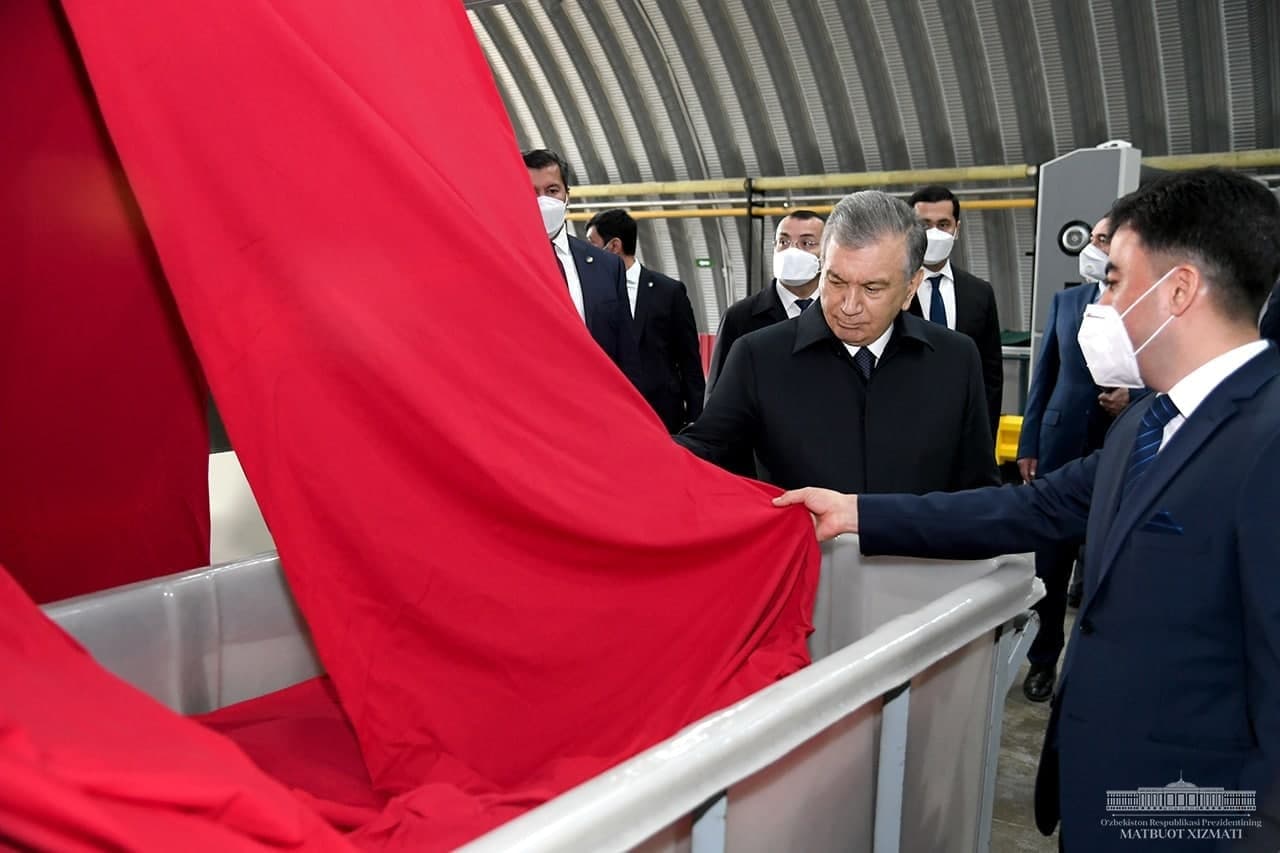
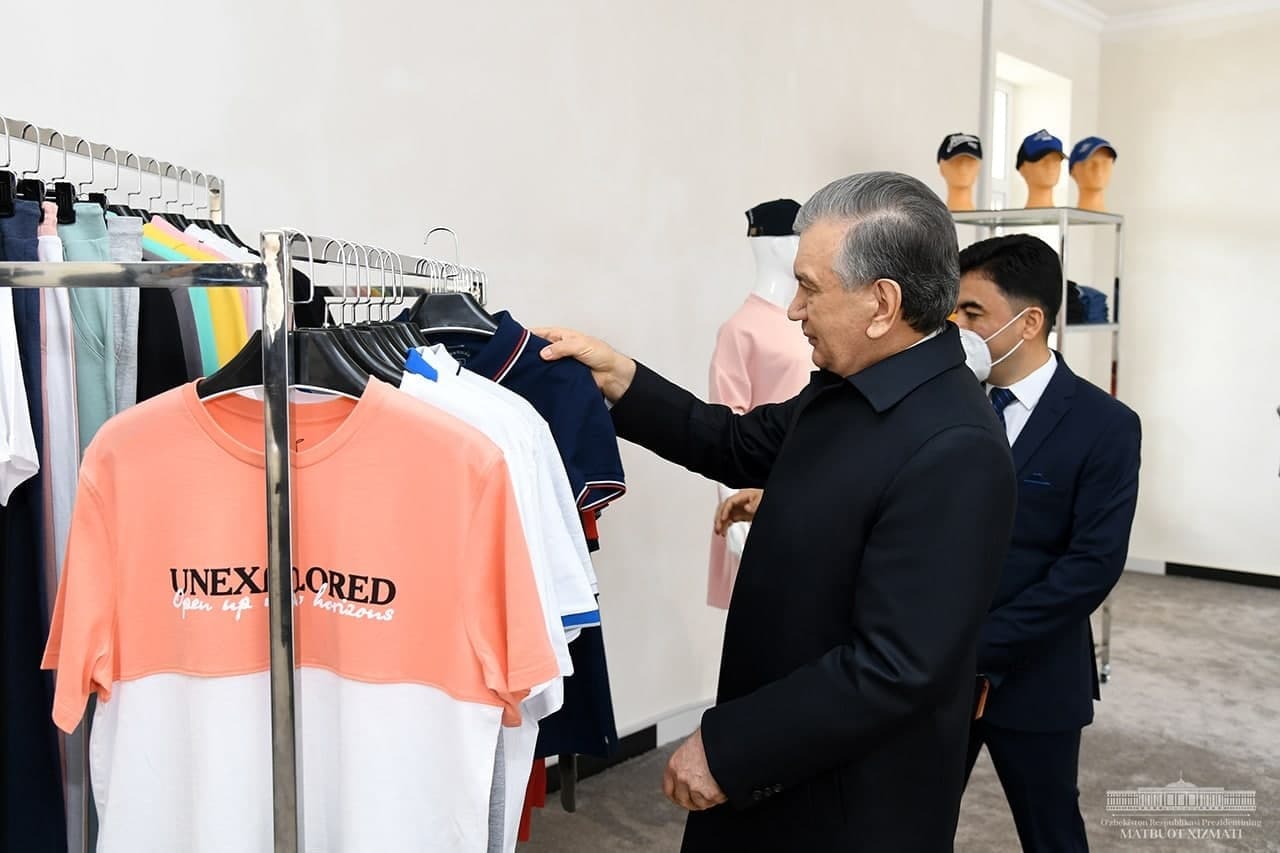
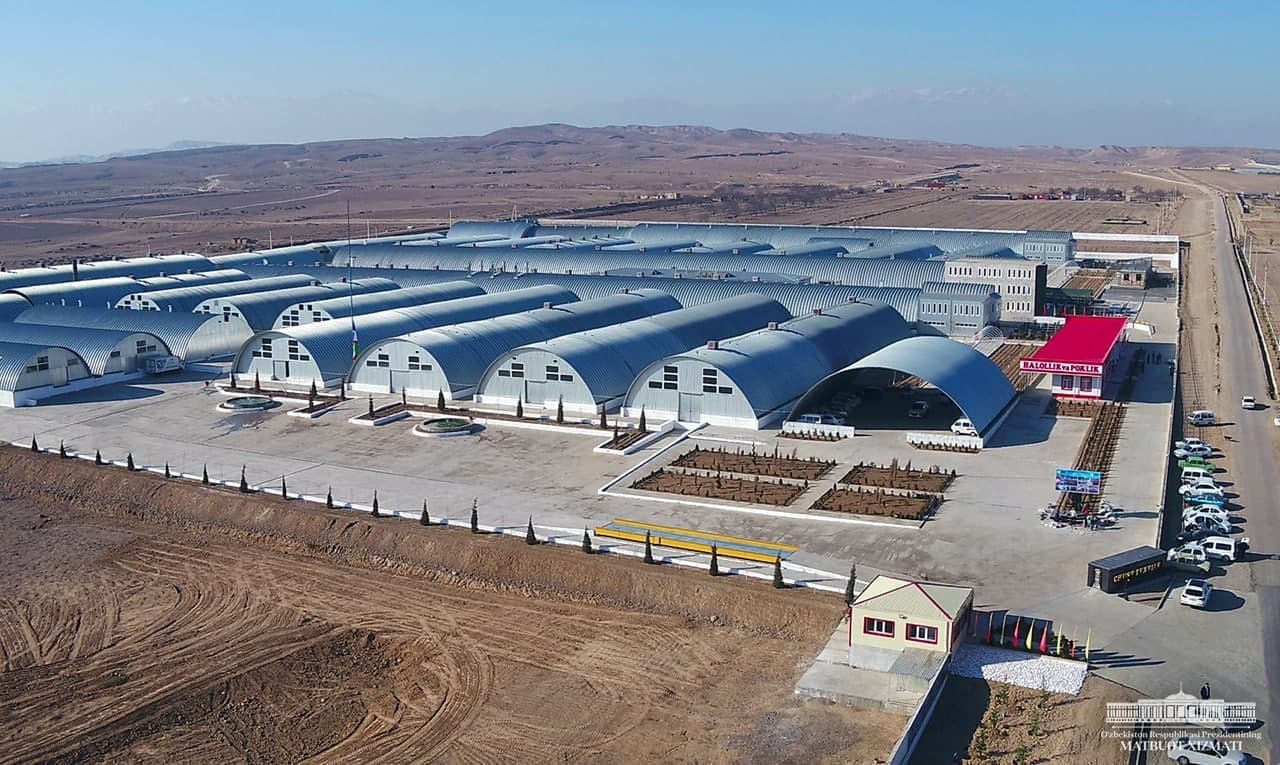
Previous
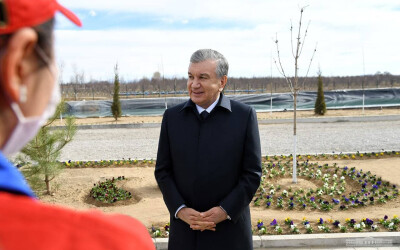
On 18 February, the President of Uzbekistan Shavkat Mirziyoyev arrived in Yangikurgan district of Namangan region.
18.02.2021